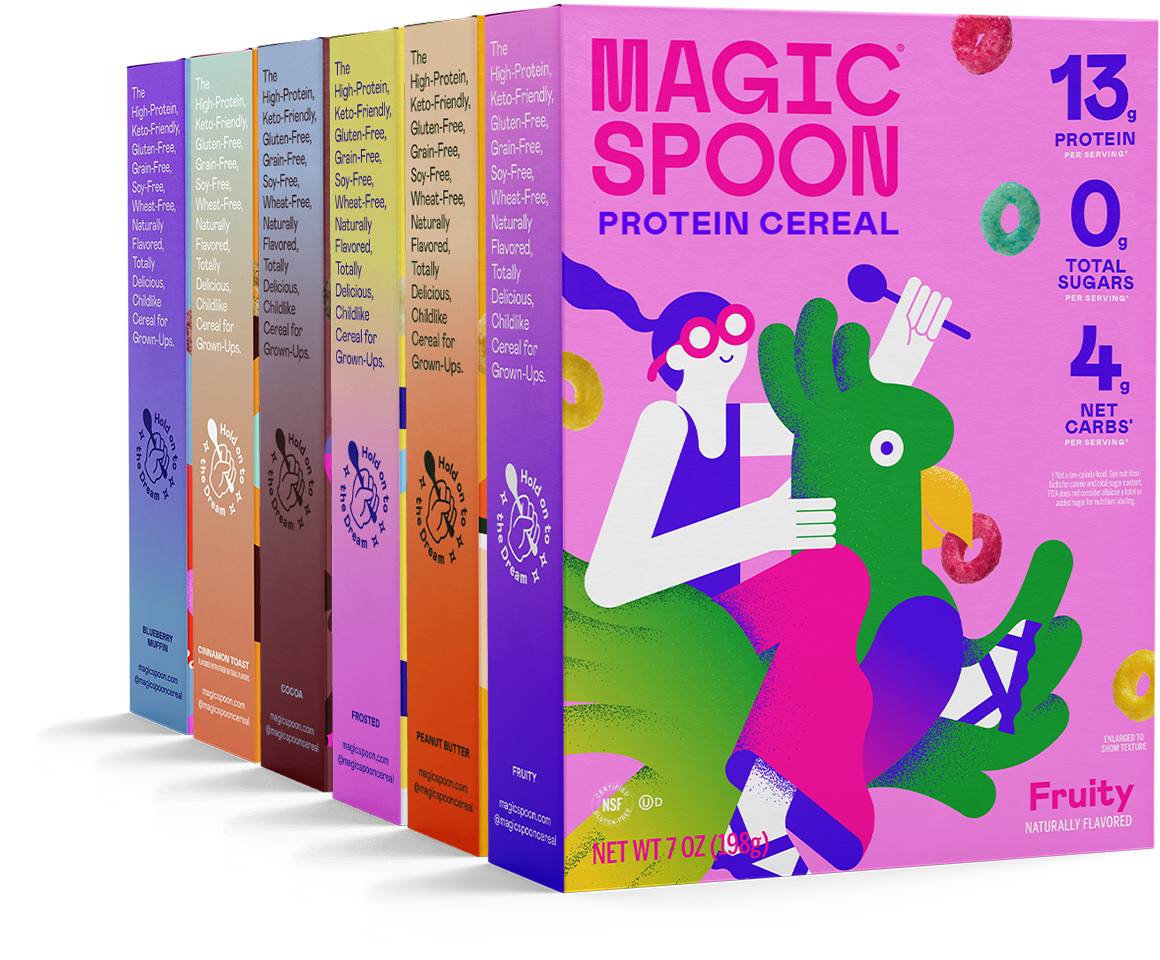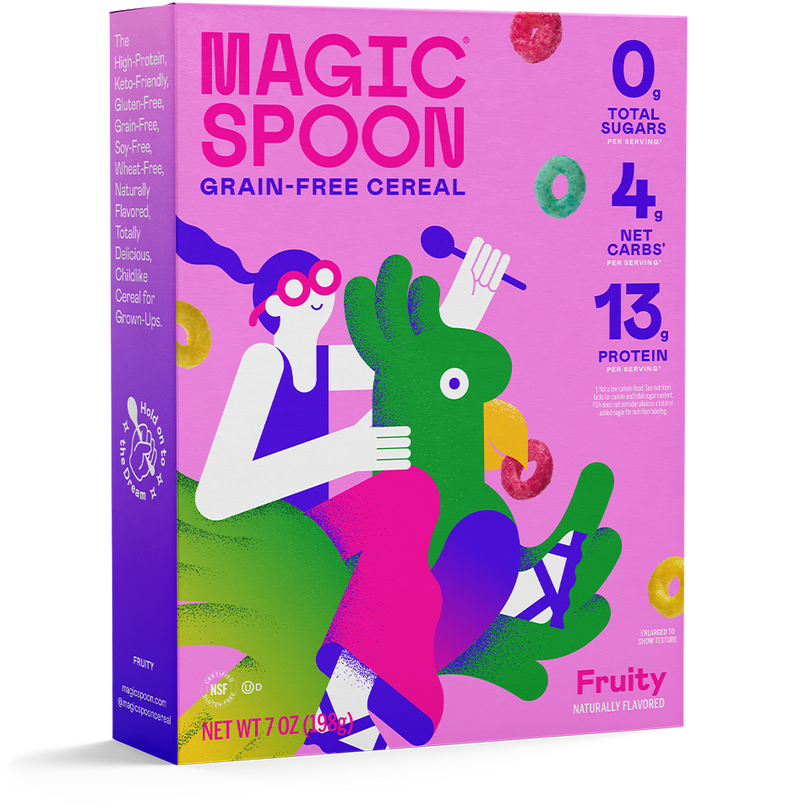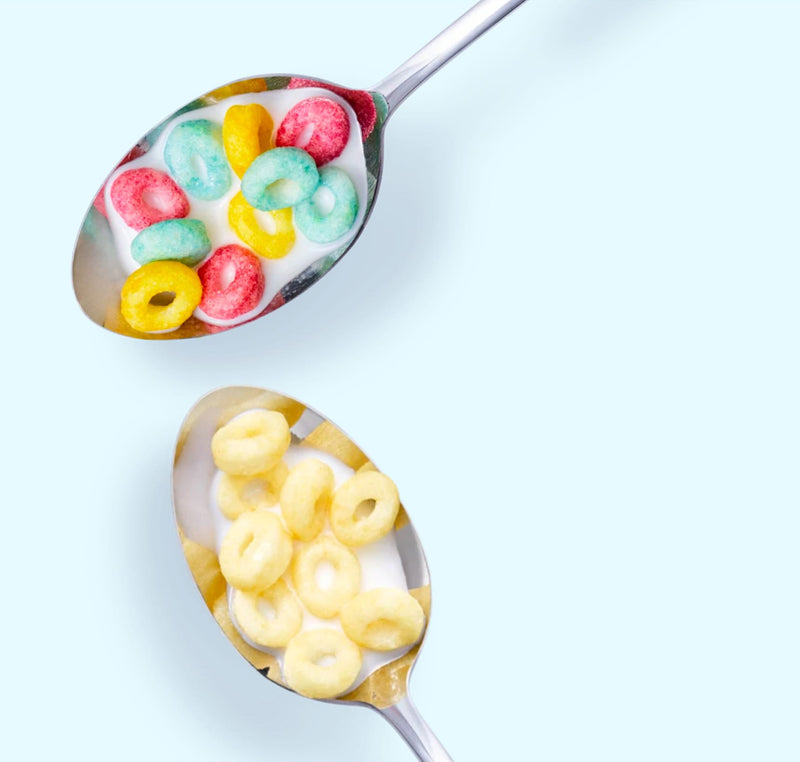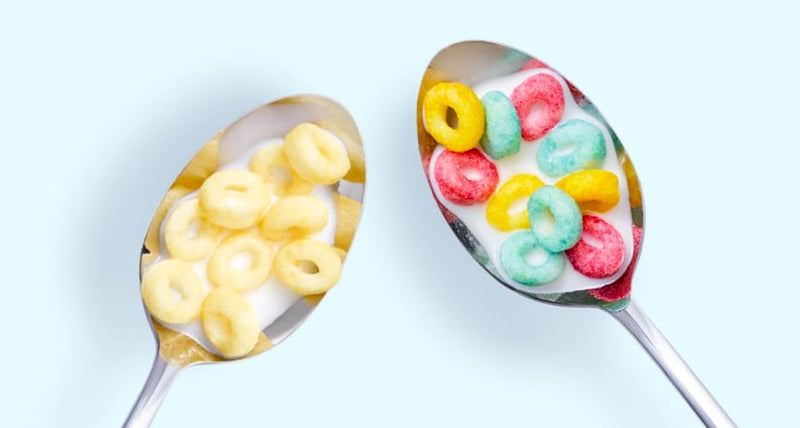When we were just starting, we had a simple goal: to make a delicious cereal that would be good for a carb-conscious diet and use only simple, high-quality ingredients. We’ve always been huge fans of tasty cereals, and we sincerely believe that adults and children deserve healthy cereals that taste great and aren’t drowning in added sugars. So we embarked on a journey to formulate a cereal that tastes just like you remember but makes you feel better—a guilt-free, health-focused, undeniably delicious cereal.
But how do you make a sweet cereal that isn’t chock full of sugar, especially when so many artificial sweeteners taste worse and still have negative health impacts? One ingredient, known as allulose, unlocked a world of possibility. To understand why we settled on allulose sweetener, it’s important to know what exactly sugar is and how it behaves in the body.










